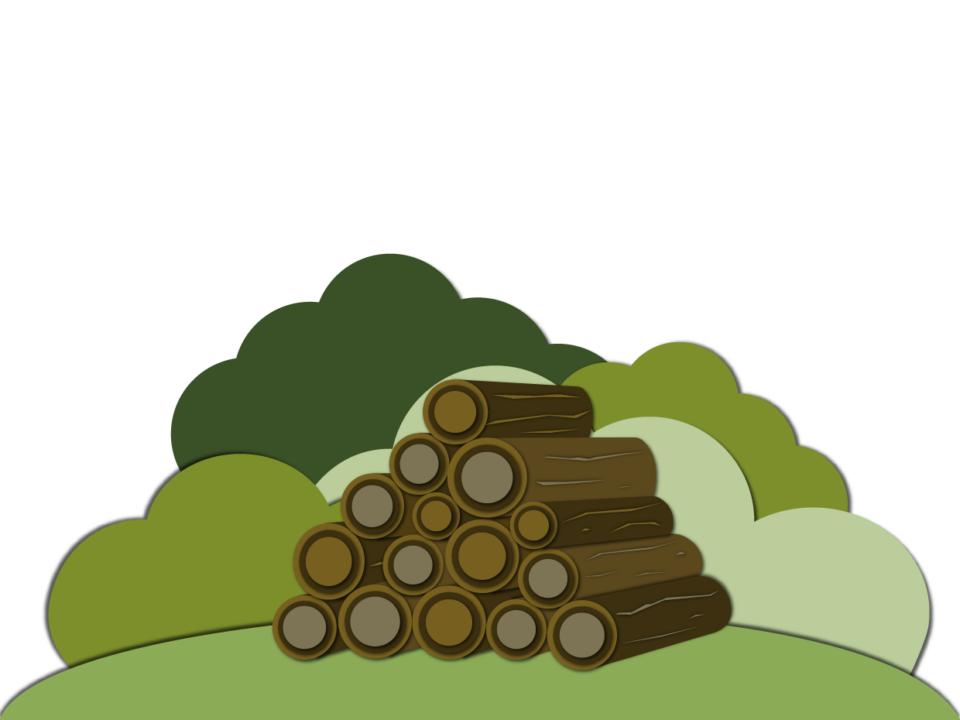You can grow the money you save by investing it to earn a return. You can make your money grow faster if you also invest the money you earn (your return) along with the money you started out with. This is called compounding. Compounding works for both guaranteed and non-guaranteed investments.
On this page you’ll find
How compounding works
- Simple interest – If you start with $100 and earn 5% interest annually for 2 years without reinvesting the interest you earn, at the end of the 2 years you will have $110 – the $100 you started with, plus $5 in interest for each of the 2 years you invest your money.
- Compound interest – Your starting balance is reset after each year when you reinvest the interest you earn, and after 2 years you will have $110.25 – in the first year you earn $5 on your investment, giving you a total of $105 at the end of the year. This $105 is then reinvested for another year at 5% interest, earning you $5.25 for the second year.
The example above might not seem like a lot – adding an extra quarter to your bank account won’t buy you much – but as you continue to add to your savings over time, compound interest can really add up.
How compounding works for a guaranteed investment
Example – You have $10,000 to invest for 3 years in a guaranteed investment certificate (GIC) that earns 2.5%, compounded annually (meaning your return is added to the investment at the end of each year). Here’s what happens in the 3 years:
| Year – Starting balance $10,000 | Value at start of year | Interest earned | Investment value at end of year |
|---|---|---|---|
| 1 | $10,000 | $250 | $10,250 |
| 2 | $10,250 | $256.25 | $10,506.25 |
| 3 | $10,506.25 | $262.65 | $10,768.90 |
Calculate your own compound interest
Try your hand at calculating how your money could grow through compound interest. You just need to know how much you’re saving (the principal) and what the interest rate will be.
To see how your money grows with compound interest for longer than 4 years, use compound interest calculator.
How compounding works for a non-guaranteed investment
Investments like savings accounts, GICs and bonds pay interest. With these types of investments, you know exactly how much money you’re going to earn. You can still benefit from compounding by reinvesting your earnings on other investments, like stocks, mutual funds and exchange-traded funds (ETFs). If you hold any of these investments within a registered account like a registered retirement savings plan (RRSP) or tax-free savings account (TFSA) you may be able to reduce or eliminate the tax you pay on your earnings.
Example – You have $10,000 to invest for 3 years. You have a high risk tolerance so you decide to invest this money in a mutual fund. Your investment gains 5% in the first year, loses 1% the second year and in the last year it gains 7%. The investment pays you income each year in the form of distributions. If you decide to reinvest your distributions into more units, here’s what you’d gain or lose each year:
| Year – Starting balance $10,000 | Value at start of year | Gain (loss) | Investment value at end of year |
| 1 | $10,000 | $500 | $10,500 |
| 2 | $10,500 | $(105) | $10,395 |
| 3 | $10,395 | $727.65 | $11,122.65 |
The rule of 72
The rule of 72 is a quick way to estimate how long it will take you to double your money through compounding. You simply divide the number 72 by the yearly interest rate you plan to earn on your investment. Although the rule is not always exact, it usually works as long as the interest rate is less than 20%. If your investment return is not guaranteed, your doubling time may change if the expected return changes.
Example – Your investment’s expected annual return is 6%. Using the rule of 72, you will double your money in 12 years (72 divided by 6) if you let your returns or distributions compound.
The cost of compounding
Compound interest can also work against you, like when you don’t pay off your credit card balance. You are charged interest on the amount you don’t pay. If you don’t pay off your balance next month, you’ll be charged interest on your full balance owing, including the interest added to your account last month. Instead of making interest on interest in the savings examples above, with debt you’ll pay interest on interest.
Summary
Compounding is when you re-invest the money you earn from your savings or investments.
- Compound interest is earned on both the principal and any interest earned previously.
- Compound interest grows faster than simple interest, because simple interest is only earned on the principal.
- Guaranteed investments like GICs use compound interest.
- You can also benefit from compounding by re-investing earnings on investments like stocks, mutual funds, or ETFs.
- The longer your time horizon, the more benefit you’ll see from compound interest.
